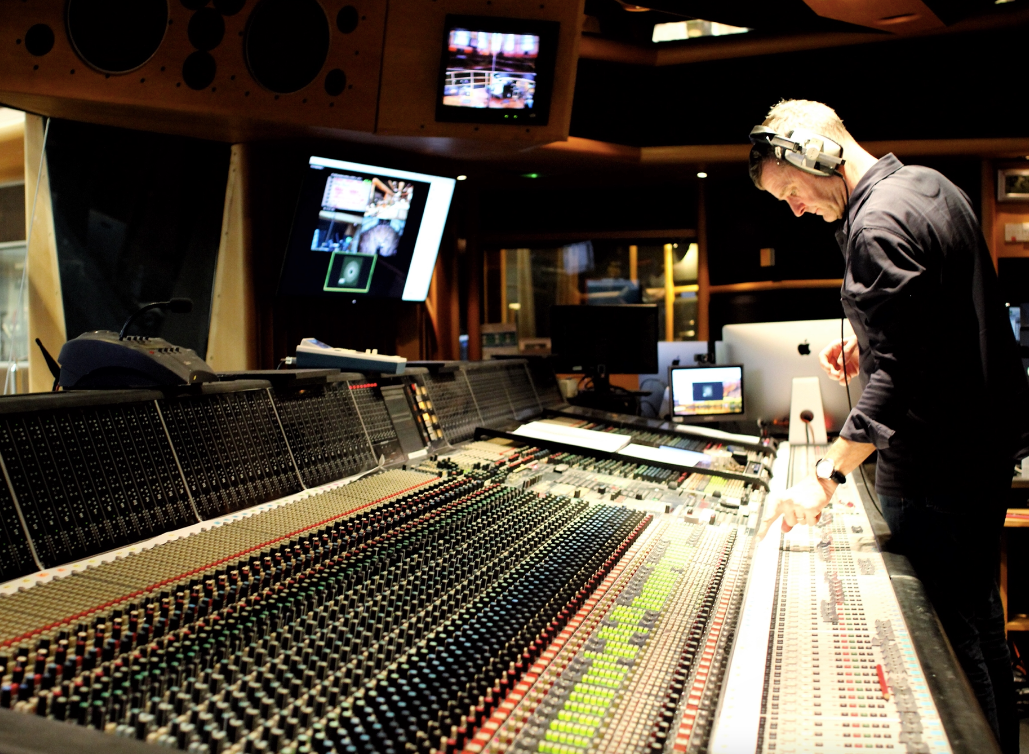Sound engineer and producer Rupert Coulson is one of the few engineers to have experienced all three incarnations of London’s AIR Studios, having started out at AIR’s legendary Oxford Street studio in 1987, then moving to AIR Montserrat, finally settling at AIR Studios Lyndhurst. Ironically on the day Headliner speaks to him over zoom, he’s in a different studio entirely.
“I’m in a little pre-production room at Max Richter’s studio in rural Oxfordshire,” he says, explaining that the composer built the facility in May 2021, transforming a huge barn into a substantial studio space with room enough to accommodate a 24-piece string section in its live room.
“It's a fairly impressive undertaking! Some people would say if you're going to build a recording studio in this day and age you must be completely mad, but it's worked out really well. It’s got a full 7.1.4 system and the control room has ATC monitoring everywhere and a modular Rupert Neve 5088 console, so he hasn't done it by halves!
“It's pretty spectacular,” he enthuses, circling back to the 5088.
“The idea is that you can have as big or small a one as you want and you don't have to buy the whole channel strip – you can have various parts of it. Not all of your inputs will have EQ attached, so the idea is that you can just come out of the mic pre, straight into the recorder to Pro Tools or tape, or wherever you want.
"Then you can use the EQ on the monitor section or you can go through the EQ to tape, which is useful for doing drums or things like that. It's quite fluid and flexible as it will also talk to Pro Tools when you're mixing, so you can have all the faders working, which is quite handy.”





